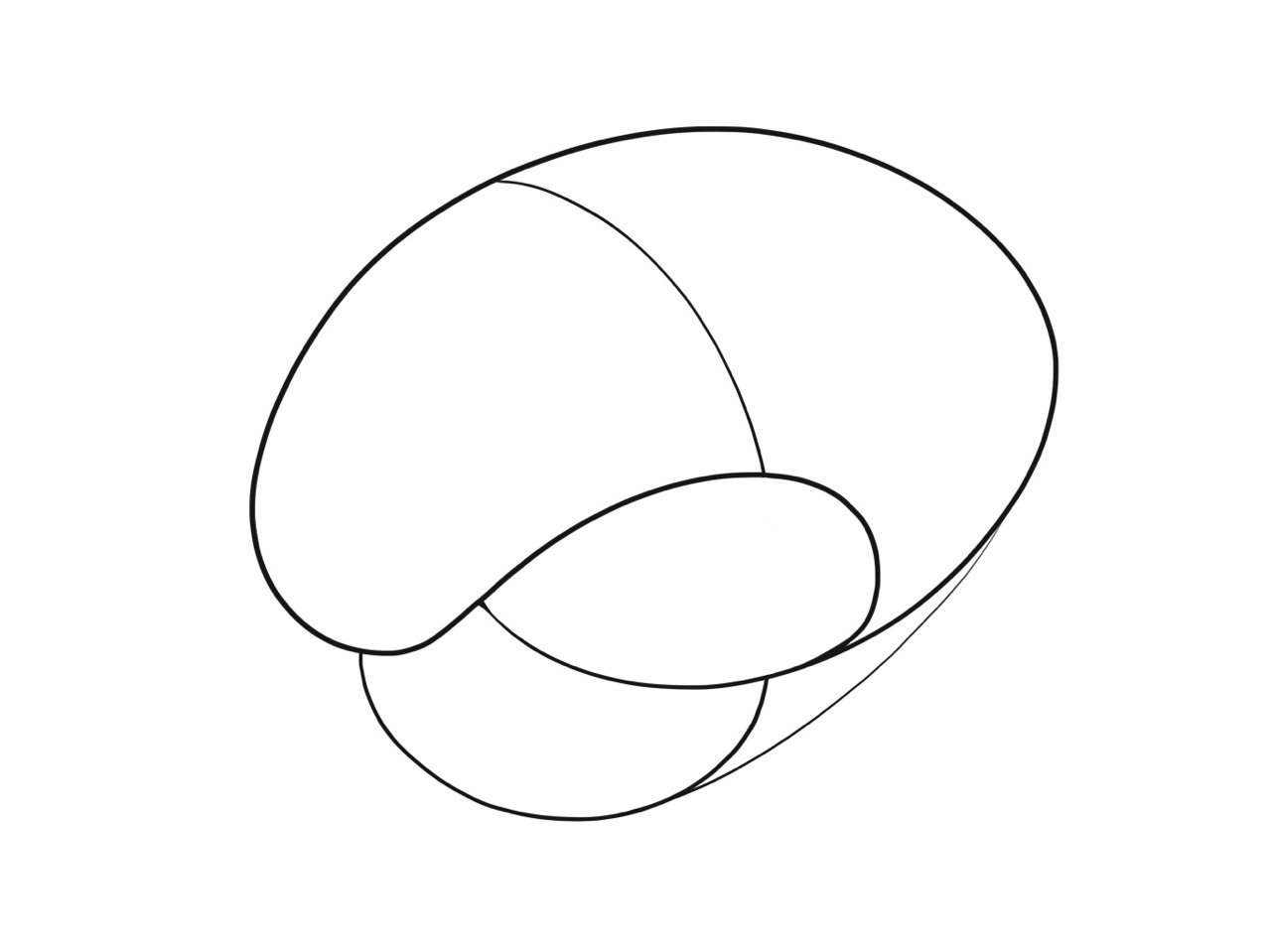Surrealism, a cultural and artistic movement that emerged in the early 20th century, was characterized by its explorations of the irrational and expeditions in the unconscious. The movement was led by figures such as André Breton, Salvador Dali, and Max Ernst, who sought to tap into the power of the unconscious mind to create works of art that were both unsettling and liberating.
The concept of surrealism represented a radical departure from the prevailing artistic trends of the time, which emphasized realism and naturalism. Surrealists rejected these traditional modes of representation, instead drawing upon dream imagery, symbolic language, and other forms of irrational thought to create works of art that challenged viewers' perceptions, expectations and conceptual borders.
Over the years, surrealism has continued to influence and inspire artists, writers, and thinkers across a range of disciplines. However, with the advent of artificial intelligence, we are now witnessing a new era of artistic exploration - one that takes the principles of surrealism to a whole new level. We are at the rise of Hypersurealism.
Lines and circles, 2023 ® Chewy Stoll (@chewystoll)
The concept of "hyper" generally stands for something that is excessive, beyond normal, or over-the-top. In various contexts, "hyper" can be used as a prefix to describe an exaggerated state or condition, such as hyperactive (excessively active), hypersensitive (overly sensitive), or hyperbole (exaggerated statement). In computer technology, "hyper" is often used in reference to hyperlinks or hypertext, which are ways of linking information within electronic documents or websites. Additionally, the term "hyper" can refer to hyperrealism, which is an art style that depicts objects or scenes with a level of detail that is almost indistinguishable from reality.
In contrast to hyperrealism stands hypersurrealism.
Hypersurrealism encompasses this art style that seeks to explore the intricate details and high-resolution imagery found within the realms of the imaginary, the subconscious, and the unconscious. Diverging from hyperrealism, hypersurrealism does not aim for a faithful representation of reality, but rather embraces a hyperrepresentation of the inaccurate, the dreamlike, and even the abstract. This opens up a vast expanse of possibilities, transcending the boundaries between forms, genders, species, and categories that were once unimaginable.
Thanks to the advent of deep learning techniques and the emergence of new large language models and generative image algorithms, these possibilities are now achievable - in high-definition. This remarkable advancement unleashes a fresh lexicon of images into the art world and visual cultures, expanding the boundaries of artistic expression and visual storytelling.
AI functions as a mind's camera, as aptly stated by the esteemed artist Claire Silver in her Twitter musings. However, AI's image generation capabilities extend beyond a mere mental apparatus; it acts as a soul's camera. It enables us to venture into the depths of the unconscious with unprecedented depth. Through the utilization of sophisticated algorithms and machine learning techniques, we now possess the capacity to produce artworks that surpass their predecessors in terms of surreality, unsettling qualities, and immersive experiences.
The advancements of Hypersurrealism herald a novel frontier in artistic expression. This movement both builds upon the foundations laid by surrealism and expands its horizons in novel and enthralling ways. As we continue to navigate this nascent field, we can only fathom the uncharted realms of the unconscious that await our discovery and the artistic prospects that will emerge in consequence.
New visual cultures unfolding from Hypersurrealism
0418, 2023 by Masanobu Hiraoka (@budou_mochi)
As we delve into the enigmatic realm of hypersurrealism, we realize that its allure extends also beyond the boundaries of artificial intelligence. Encompassing a diverse range of digital artistic expressions and potentially even material art forms yet to emerge. It stands as a captivating trend to keep a close eye on in the years to come, as it infiltrates contemporary art and permeates visual cultures at large.
Hyperssurealism started to become a catalyst for artistic innovation, prompting visionaries like the creative virtuoso Joe Pease to explore other avenues of expression like old school video art montages or cartoonish extrapolations as seen in the works of Masanobu Hiraoka. This imparts a delightful twist to hypersurrealism, surpassing the confines of AI (even though AI seems to be the talk of the town these days, everywhere we look).
Open the Floodgates, 2022 - Joe Pease (@joepease)
In this ever-evolving landscape, hypersurrealism thrives as a vibrant force, embracing the quirks of human creativity. Moreover, as it expand towards the space outside the screensphere, it holds the potential to inspire and shape the emergence of novel material art forms, which may further enrich and expand the realm of hypersurrealistic experiences.
I would be delighted to conclude this mini-essay leaving you with a piece from Joe Pease. His is a kind of artwork that expands the boundaries of the the hypersurreal and emerges as a more palpable digital artifact then what we deal with on a daily basis.

























